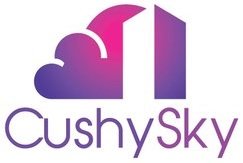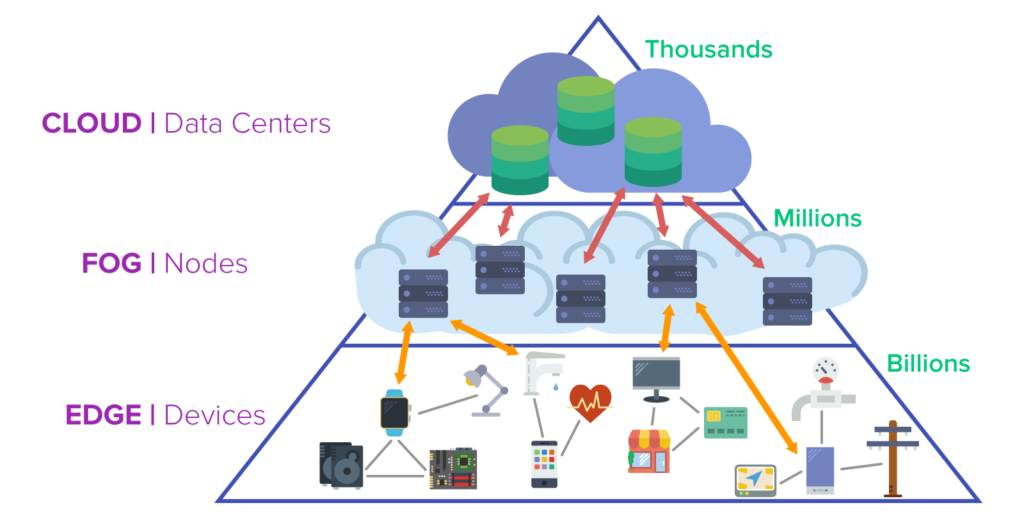Executive Summary:
In today’s fast-moving, data-driven economy, enterprises need more than just data access — they need real-time, decision-ready insights embedded directly into the workflows where people operate. Yet most cloud ecosystems leave businesses stranded in silos, forcing costly integration projects and fractured decision-making.
Oracle stands apart. As the only provider that offers both a complete suite of cloud applications and a unified data intelligence platform, Oracle enables organizations to bring data and decisions together — seamlessly, securely, and at scale. This white paper explores how Oracle’s end-to-end architecture, from Fusion Applications to the Oracle Intelligent Data Lake, gives businesses a strategic edge over SAP, Databricks, and other disjointed cloud ecosystems.
The Problem: Disconnected Data and Delayed Decisions
In many enterprises, data is fragmented across ERP systems, CRM platforms, operational databases, and external sources. Business users often wait days — or even weeks — for insights to be extracted, cleaned, and visualized in a reporting tool. And by the time those reports arrive, the opportunity to act may have passed.
Manufacturers, for instance, must make high-stakes decisions daily — on sourcing, pricing, production, and delivery — amid unpredictable disruptions. Yet their data often sits in isolated systems like SAP, MES platforms, and third-party analytics tools. This results in missed signals, delayed reactions, and friction between sales, operations, and finance.
Cloud services like Databricks offer partial solutions by unifying analytics environments, but they still require complex data integration projects and do not solve the core problem: data disconnected from real-time business execution.
Oracle’s Vision: A Unified Data Experience from App to Lakehouse
Oracle is solving this problem differently — by embedding intelligence directly into the systems where work happens. This is made possible by Oracle’s unique position as both an enterprise application leader and a cloud infrastructure innovator.
Fusion Data Intelligence: Embedded AI-Driven Insights
Oracle Fusion Data Intelligence, announced at CloudWorld 2023, delivers AI-powered decision-making within Oracle Fusion Applications like ERP, SCM, HCM, and CX. These applications don’t just connect data — they enrich it with real-time recommendations and prebuilt pipelines that blend Oracle and third-party sources.
For example, in supply chain management:
-
Fusion Data Intelligence integrates data from logistics partners, weather feeds, and geopolitical events.
-
Leaders can see disruptions early, act faster, and align with finance and operations — all in one interface.
Key benefit: You don’t have to build or maintain the analytics stack. It’s ready to use, pre-integrated, and constantly updated.
Oracle Intelligent Data Lake: The Foundation of the Future
Complementing the embedded insights in Fusion Apps is Oracle’s Data Intelligence Platform, powered by the Oracle Intelligent Data Lake.
This unified platform brings together:
-
Data warehouse and lakehouse services
-
Open-source standards (e.g., Apache Spark, Iceberg, Parquet)
-
AI, ML, and analytics pipelines
-
Advanced cataloging and orchestration tools
With this architecture, teams can:
-
Blend structured and unstructured data (e.g., ERP data + IoT signals + social sentiment)
-
Govern, secure, and catalog all assets in one place
-
Feed GenAI experiences, predictive models, and real-time dashboards
Unlike offerings from SAP or Databricks, Oracle doesn’t stop at a “platform” — it delivers both content (apps) and capability (platform) in a single environment.
Competitive Advantage: Why Oracle Outpaces SAP and Others
SAP: Strong Apps, Disconnected Data
SAP’s application suite is powerful — but its analytics and AI solutions, such as SAP Datasphere and SAP Business AI, still require heavy integration work. Enterprises often need to connect SAP with external tools like Databricks, Snowflake, or Microsoft Azure to get the full picture.
This introduces:
-
Latency and synchronization risks
-
High maintenance costs
-
Governance complexity
Databricks: Great Platform, No Business Context
Databricks offers excellent tooling for building lakehouses and ML models, but lacks native connections to business workflows. You can build impressive data science projects, but turning them into actionable decisions within ERP or supply chain systems often requires custom development.
Oracle: Both Context and Capability
Only Oracle delivers:
-
A common data model shared across apps and infrastructure
-
Embedded AI with no need for bolt-on services
-
Out-of-the-box analytics aligned to industry-specific workflows
-
Integrated governance and security across all layers
This vertical integration accelerates innovation, simplifies compliance, and reduces TCO — while improving real-time decision-making across departments.
Real-World Example: Unified Supply Chain Intelligence
Imagine a global consumer goods manufacturer:
-
With Oracle, supply chain planners access dashboards that combine ERP signals, logistics partner data, and commodity forecasts — all in real time.
-
AI models flag early warning signs when materials risk delay, and suggest alternate suppliers.
-
Finance instantly sees cost impact and approves the plan — without leaving the workflow.
No external integrations. No reconciliation delays. Just faster, smarter execution.
Why Now: The Opportunity in Unified Data
As volatility becomes the norm, the winners will be those who move from reactive analytics to proactive intelligence. But this requires:
-
Unified access to all data
-
Seamless governance and security
-
Intelligence embedded in day-to-day decision-making
Oracle is the only cloud provider delivering this combination today.
Conclusion: Turning Data into Decisions — Faster, Cheaper, Smarter
While SAP and Databricks deliver strong individual components, only Oracle offers a complete vision: an end-to-end architecture that unifies data, applications, and AI.
Whether you’re modernizing finance, optimizing supply chains, or launching predictive analytics, Oracle’s integrated approach simplifies complexity, speeds innovation, and maximizes business value.
With Oracle, you don’t just analyze data — you act on it, when and where it matters.


